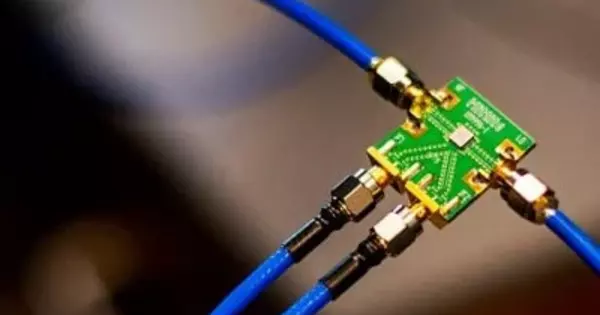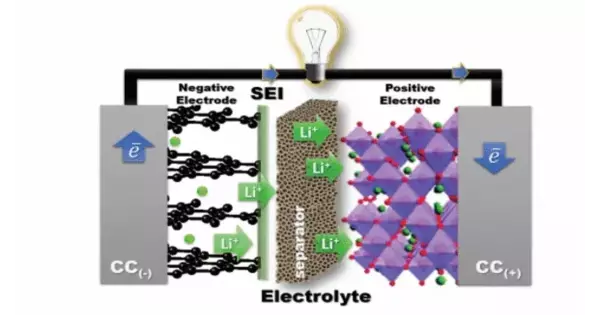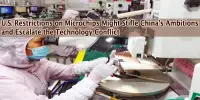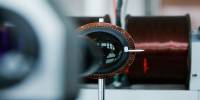There is ongoing research on using the human body as a medium for transmitting power and data for wireless devices. One approach is to use the body as a conductor to transfer power from a power source to a device, such as a wearable device or implant. This type of technology could potentially allow devices to be powered without the need for external batteries or charging. It could also enable devices to communicate with each other by transmitting data through the body. While this technology is still in the early stages of development, it has the potential to revolutionize the way we power and communicate with wireless devices.
While you may be just beginning to reap the benefits of 5G wireless technology, researchers all over the world are already hard at work on the next generation: 6G. Visible Light Communication (VLC), a wireless version of fiberoptics that uses flashes of light to transmit information, is one of the most promising breakthroughs in 6G telecommunications.
A team of researchers at the University of Massachusetts Amherst has announced the development of a low-cost, innovative method for harvesting waste energy from VLC by using the human body as an antenna. This waste energy can be recycled and used to power a variety of wearable devices or even larger electronics.
The design is cheap, less than fifty cents. However, Bracelet+ can reach up to micro-watts, which is sufficient to support many sensors, such as on-body health monitoring sensors, which require little power to operate due to their low sampling frequency and long sleep-mode duration.
Jie Xiong
“VLC is quite simple and interesting,” says Jie Xiong, professor of information and computer sciences at UMass Amherst and the paper’s senior author. “Instead of using radio signals to send information wirelessly, it uses the light from LEDs that can turn on and off, up to one million times per second.” Part of the appeal of VLC is that the infrastructure is already everywhere – our homes, vehicles, streetlights and offices are all lit by LED bulbs, which could also be transmitting data. “Anything with a camera, like our smartphones, tablets or laptops, could be the receiver,” says Xiong.
Previously, Xiong and first author Minhao Cui, a graduate student in information and computer sciences at UMass Amherst, showed that there’s significant “leakage” of energy in VLC systems, because the LEDs also emit “side-channel RF signals,” or radio waves. If this leaked RF energy could be harvested, then it could be put to use.
The team’s first task was to design an antenna out of coiled copper wire to collect the leaked RF, which they did. But how to maximize the collection of energy?

The team experimented with various design details, such as wire thickness and the number of times it was coiled, but they also discovered that the efficiency of the antenna varied depending on what the antenna touched. They tried resting the coil on plastic, cardboard, wood, and steel, as well as touching it to different thicknesses of walls, phones that were turned on and off, and laptop computers. Cui then had the bright idea to investigate what happened when the coil came into contact with a human body.
It was immediately obvious that a human body is the best medium for amplifying the coil’s ability to collect leaked RF energy, up to ten times more than the bare coil alone.
After much experimentation, the team developed “Bracelet+,” a simple coil of copper wire worn as a bracelet on the upper forearm. While the design can be worn as a ring, belt, anklet, or necklace, the bracelet seemed to strike the right balance of power harvesting and wearability.
“The design is cheap — less than fifty cents,” say the authors, whose paper won the Best Paper Award at the Association for Computing Machinery’s Conference on Embedded Networked Sensor Systems. “However, Bracelet+ can reach up to micro-watts, which is sufficient to support many sensors, such as on-body health monitoring sensors, which require little power to operate due to their low sampling frequency and long sleep-mode duration.”
















